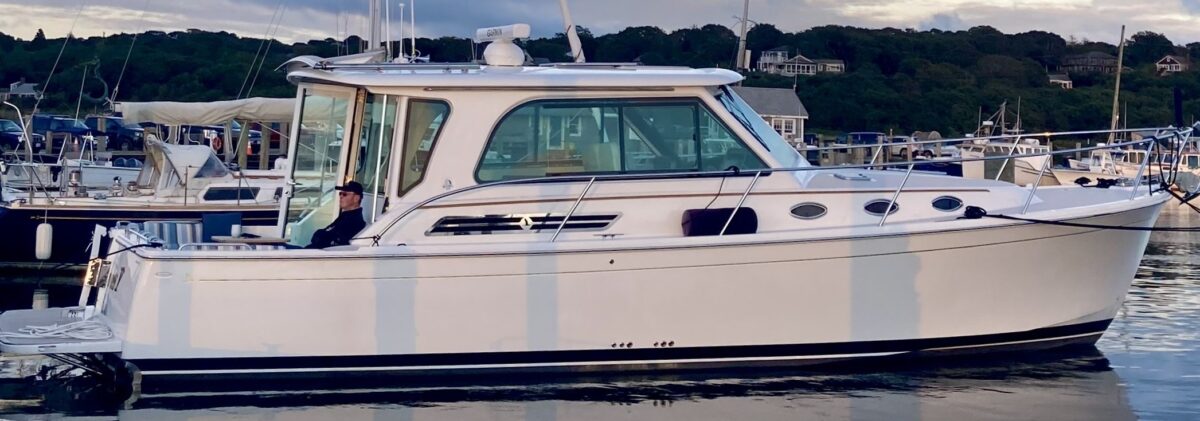A wonderful snorkel opportunity awaits you when visiting Warderick Wells, moored either at the north field or Emerald Rock. The Google image below shows the small cut at the southwest end of the north mooring field (aka HQ or the horse shoe). The red star in the image is the turning mark for folks rounding the sand bar heading to moorings 16-22. The two yellow circles are dingy moorings. The southernmost mooring gets you closer to the coral.
Just west of the moorings are a a couple of coral mounds (green arrow) that are full of fish, turtles and an occasional sleeping nurse shark. Swim from there to the deeper coral and the other green arrow just outside the cut and south of the “No Wake” buoy (pink star).

Rangers Garden at Warderick Wells
This is an area of moderate current so the deep coral in the cut makes for a great drift dive. Alternatively, time your dive for slack. As a general rule, slack in this cut is about 45 minutes before, and up to 15 minutes after, Nassau high and low tide. Winds and the height of the previous tide will determine actual slack, which lasts 20-30 minutes. The easiest way to determine slack is to just watch the boats on the moorings in the north field. As the ebb approaches low tide slack, the boats at ball #16 and 17 will begin to swing off the current and into the wind. Slack will be 20-30 minutes after this. On the flood, the same thing will happen to the boats on balls #4-6 as they begin to lose the effect of the current and bend to the wind. Flood is milder than the ebb.
If you have weak swimmers aboard, try anchoring your dinghy on the sand bar to the west of the shallow coral and swim over. There will be only mild current at this coral and it is easy to get out of the current by swimming back to the sand bar. The flood current at the dinghy moorings is usually weak to moderate, but the ebb can be stronger than average swimmers can handle and the current in the cut itself even stronger.


Eagle Ray school
The high point of your dive will be swimming with the spotted eagle rays. We have seen as many as ten rays in a school. They hang around the deep coral and often swim through the mooring field. They are so accustomed to snorkelers that they will pass under you and allow you to get within a few feet before they accelerate ever so slightly in order to keep their distance. Just stay in place and they will often circle underneath you. Bring your camera.

Plenty of nurse sharks in the area. Often resting on the bottom. They usually make the rounds of the moored boats looking for handouts. (Bad idea).

There are also a few resident reef sharks that will keep an eye on you while you are snorkeling in the area. They keep their distance so unless you are looking out a ways you may never see them.

Turtles are also well accustomed to divers so they tend to let you get closer than in other settings. Expect to see many schools of fish in the area. Jacks, snapper, wrasses and more.

Yellow Tail snapper



Somehow the grouper and the lobster, usually shy, know they are protected in the park.

Thanks much for the great snorkeling info. Hopefully someday we’ll make it to the park and see this first hand. In the meantime, TUVM for sharing!
Karl